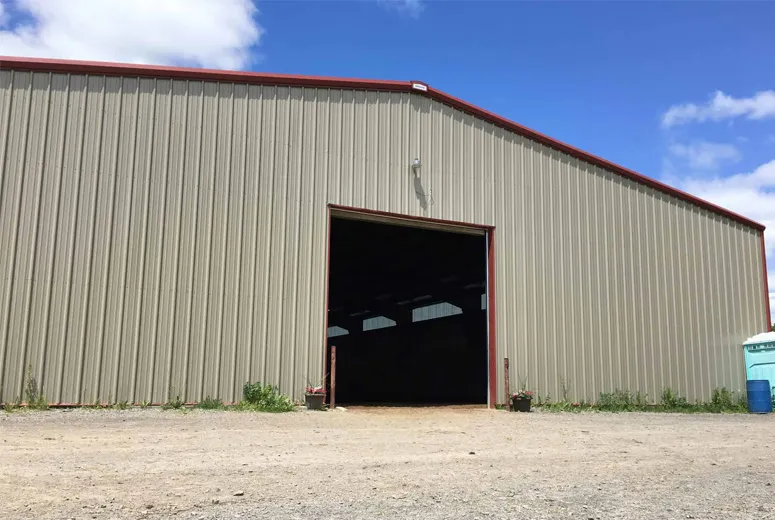- Afrikaans
- Albanian
- Amharic
- Arabic
- Armenian
- Azerbaijani
- Basque
- Belarusian
- Bengali
- Bosnian
- Bulgarian
- Catalan
- Cebuano
- Corsican
- Croatian
- Czech
- Danish
- Dutch
- English
- Esperanto
- Estonian
- Finnish
- French
- Frisian
- Galician
- Georgian
- German
- Greek
- Gujarati
- Haitian Creole
- hausa
- hawaiian
- Hebrew
- Hindi
- Miao
- Hungarian
- Icelandic
- igbo
- Indonesian
- irish
- Italian
- Japanese
- Javanese
- Kannada
- kazakh
- Khmer
- Rwandese
- Korean
- Kurdish
- Kyrgyz
- Lao
- Latin
- Latvian
- Lithuanian
- Luxembourgish
- Macedonian
- Malgashi
- Malay
- Malayalam
- Maltese
- Maori
- Marathi
- Mongolian
- Myanmar
- Nepali
- Norwegian
- Norwegian
- Occitan
- Pashto
- Persian
- Polish
- Portuguese
- Punjabi
- Romanian
- Russian
- Samoan
- Scottish Gaelic
- Serbian
- Sesotho
- Shona
- Sindhi
- Sinhala
- Slovak
- Slovenian
- Somali
- Spanish
- Sundanese
- Swahili
- Swedish
- Tagalog
- Tajik
- Tamil
- Tatar
- Telugu
- Thai
- Turkish
- Turkmen
- Ukrainian
- Urdu
- Uighur
- Uzbek
- Vietnamese
- Welsh
- Bantu
- Yiddish
- Yoruba
- Zulu
Nov . 28, 2024 06:23 Back to list
The Evolution and Significance of Light Industrial Buildings
Light industrial buildings play a vital role in the modern economy. Characterized by their versatility and adaptability, these structures are designed for industries that require light manufacturing processes, warehousing, and distribution activities. As urbanization continues to accelerate and e-commerce grows, the demand for well-structured light industrial spaces has skyrocketed, reflecting a transformation in how goods are produced, stored, and distributed.
Defining Light Industrial Buildings
Light industrial buildings are typically one or two stories high and cover moderate footprints, ranging from several thousand to hundreds of thousands of square feet. Unlike heavy industrial buildings, which are often associated with noisy, polluting industries such as steel and chemical manufacturing, light industrial spaces accommodate cleaner, quieter operations. They commonly host businesses involved in assembly, packaging, research and development, and distribution of products. Due to their flexible nature, light industrial buildings can often be repurposed to suit various industries, making them valuable assets in commercial real estate.
Architectural Features
The design of light industrial buildings emphasizes functionality and efficiency. Often featuring high ceilings and wide-open floor plans, these structures provide businesses with the necessary space to organize machinery, storage, and workflow processes effectively. Large loading docks enhance logistics operations, allowing for easy transportation of goods in and out of the facility. Energy efficiency has also become a focal point in recent years. Many new constructions aim for sustainable designs, incorporating features such as natural lighting, insulated materials, and renewable energy systems to lower operational costs and reduce environmental impact.
Economic Impact
light industrial building

The economic significance of light industrial buildings cannot be understated. They bolster local economies by creating jobs, both directly within the facilities and indirectly through the supply chain. Light industrial sectors often require a diverse workforce, ranging from skilled labor to administrative roles. As companies look to optimize their logistics and distribution networks, the demand for strategically located light industrial spaces, particularly near urban centers, continues to rise. This growth not only supports employment but also contributes to tax revenues for local governments.
Adaptability to E-Commerce Trends
In recent years, the rise of e-commerce has spurred a significant shift in how light industrial spaces are utilized. With consumers demanding quicker delivery times and more efficient services, many businesses have turned to light industrial buildings to establish distribution centers closer to urban populations. This trend is often referred to as last-mile logistics, highlighting the critical need for warehouses and distribution hubs that can facilitate rapid delivery. As e-commerce continues to expand, these structures are likely to evolve, incorporating technology such as automated inventory systems and advanced data analytics to streamline operations.
Challenges and Solutions
Despite their advantages, light industrial buildings face several challenges. The increasing cost of real estate in urban areas can limit the availability of suitable sites for new construction or expansion. Furthermore, competition among businesses for these spaces can drive prices up, making it difficult for smaller companies to secure affordable locations. To counteract these challenges, innovative solutions such as adaptive reuse projects are gaining traction. Developers are taking older buildings and retrofitting them for modern industrial uses, often in city centers where space is at a premium. This approach not only preserves historical structures but also meets the growing demand for industrial spaces.
Conclusion
Light industrial buildings represent a dynamic and evolving sector within the commercial real estate landscape. As the demands of the economy shift towards more responsive and efficient supply chains, these structures will continue to play a pivotal role in facilitating industrial activities. With their adaptability and potential for innovation, light industrial buildings are poised to meet both current and future challenges, ensuring their importance in the global economy remains substantial. Whether in terms of job creation, economic growth, or supporting technological advancements, light industrial buildings are an essential piece of the industrial puzzle. With ongoing investments and smart planning, the future of this sector promises not only to enhance productivity but also to contribute to the sustainability and resilience of communities around the world.
-
How Do Prefabricated Steel Structures Transform Modern Construction?
NewsJul.14,2025
-
How Do Prefabricated Metal Buildings Redefine Modern Construction?
NewsJul.14,2025
-
How Do Prefab Insulated Metal Buildings and Steel Structures Revolutionize Modern Construction?
NewsJul.14,2025
-
How Do Pre - Engineered Steel Structures Redefine Modern Construction?
NewsJul.14,2025
-
Advancing Modular Construction with Prefabricated Metal Structures
NewsJul.14,2025
-
Advancing Industrial Infrastructure with Prefabricated Steel Solutions
NewsJul.14,2025
Products categories
Our Latest News
We have a professional design team and an excellent production and construction team.












